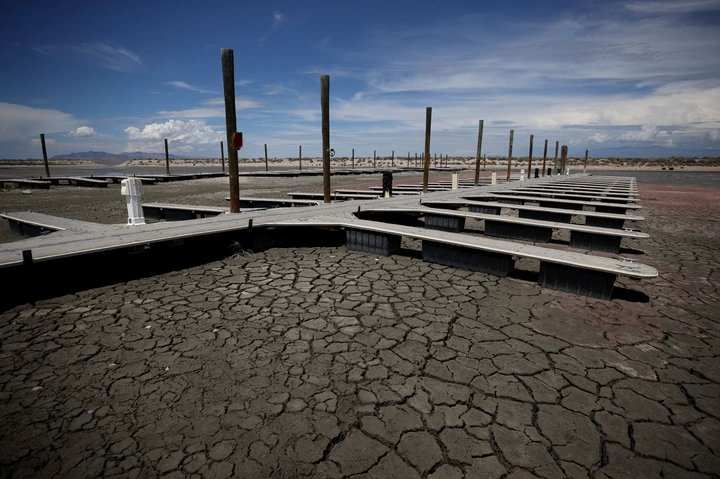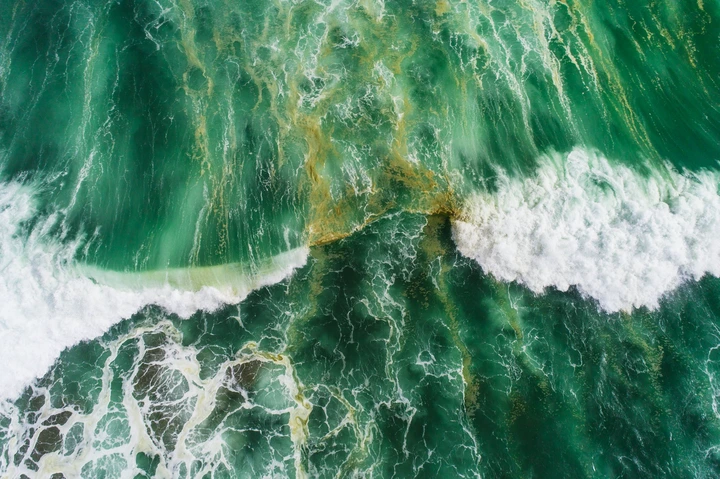Business
2025 U.S. Oil Forecast: Expect More Than Just a 'Drill Baby Drill' Approach
2025-04-15 10:36:02
The November election brought optimism to many oil producers who felt hamstrung by the Biden Administration’s policies. Even Biden’s ban on offshore drilling is expected to be challenged or changed when Trump is sworn in. However, administrations can only do so much when it comes to global supply and demand dynamics. In fact, they can usually do little in the big picture; and the big picture is that there is probably going to be more supply coming online in 2025 than demand to meet it. Therefore, U.S. upstream producers are not planning on blowing their budget on aggressive drilling plans, no matter what Trump says, especially considering the lukewarm pricing environment that the market foresees. In addition, the U.S.’ shale dominance may be headed towards inevitable decline. There’s a lot to consider, so let us jump in.
Provision: Corrupted Hopefulness
The incoming Trump Administration has promised to pull back regulatory restraints and unleash the industry to “drill baby drill”. Most industry players have responded favorably to this and anticipate faster permitting processes for federal lands. In addition, the Dallas Fed Energy Survey has indicated activity and outlook upticks from upstream producers after the election. The industry is encouraged. Yet, as college football announcer Lee Corso says – “Not so fast my friend!” Most of the active U.S. oil activity is not on federal lands, but on private or state lands. In addition, oil is a global commodity, not a regional one and it appears that the supply in 2025 is heading towards more of a glut status as opposed to a tight one. The latest Short Term Energy Outlook estimates that production outside of OPEC+ will be up about 1.6 million barrels per day in 2025 with concurrent demand only up about 1.2 million barrels per day. The U.S., Canada, and South America will be leading that charge.
In the meantime, OPEC+ has held fast on a plan of production restraint whereby there are about six (6) million barrels per day of production capacity that is being held back. Saudi Arabia possesses about half of that. Most U.S. firms surveyed recently are not planning on increasing their investments for 2025, even after now knowing who will be in the White House for the next four years. In fact, industry consultant Wood Mackenzie just released a report on 2025 guidance for upstream companies capital budgets. They estimate 2025 corporate capital budgets to be down by 1.8% compared to 2024. These are not indicators of an industry that is “chomping at the drill bit” right now. One reason is that breakeven prices to drill new wells ranged from $59 – 70 as an industry average in 2024 according to the Dallas Fed Survey suggesting a mediocre economic prospect.
Currently, West Texas Intermediate crude is trading at approximately $76, making drilling operations profitable, though not exceptionally lucrative. Furthermore, a significant number of U.S. drillers engage in hedging their sale prices to accommodate the conservative risk preferences of banks and investors, which restricts potential profit margins. As a result, this year, most U.S. producers are unlikely to be strongly motivated to pursue aggressive drilling strategies in their boardroom discussions.
Is U.S. Shale Oil Reaching Its Peak?
Hydraulic fracturing in shale formations revolutionized the oil industry a little over a decade ago. During that time technology and innovations have continued to improve. Production of oil for every rig that drills new wells has continued to increase. There have been efficiencies and innovations that have contributed to this trend. However, it won’t last forever, and there are signs that it may be close or already peaking. The same EIA report that shows more productivity per rig, also shows nearly every basin having steeper legacy oil production change from last year. It’s harder to fill a bathtub if the drain is getting bigger.
In addition, there is a shrinking inventory of drilled but uncompleted (“DUC”) wells in the U.S. These kinds of wells are available to be fracked but haven’t yet started producing. I discussed this dynamic in my column years ago, and the clock appears to be running out on this inventory. There are fewer DUC wells now in the predominantly oil producing basins (Permian, Eagle Ford, Bakken) than since the EIA started publishing the statistics.
This is not a new theory. It has been known that there are only so many “Tier 1” shale well locations left in the U.S. There are other “Tier 2” wells out there, but they are far less productive than Tier 1 wells, with similar costs to drill and complete, thereby making them less economically attractive. A 2023 report by Goehring & Rozencwajg, an investment firm, in 2023 predicted that shale would peak in the Permian Basin by the end of 2024. They called it Hubbert’s Peak after an eponymously named geologist. If they are right, then oil production growth will not be coming from the U.S. soon. A wry commenter in the September 2024 Dallas Fed Survey put it this way:
"We maintain the belief that the global oil supply is rapidly depleting $60 barrels as we approach the $100+ mark within the next five years. OPEC is facing short-term challenges due to its decision to relinquish market share. To us, this strategy seems to be a clever form of 'oil storage.' U.S. shale production is likely to decline in a manner reminiscent of Hemingway's experience with bankruptcy: 'Slowly, then all at once.' What do you think motivates highly sophisticated companies, valued in the tens of billions, to sell to the supermajors for equity, even with their leading positions in the Permian Basin?"
Demand: China's Thirst Eases
Global oil demand is on the rise, with the EIA projecting an increase of 1.2 million barrels per day. Nevertheless, the rate of growth has decelerated, especially in China, where demand growth for 2024 has been nearly cut in half compared to the previous year. Currently, China is importing 300,000 barrels per day less than it was at the close of 2023. Ongoing deflationary pressures and banking challenges are contributing to this decline in demand. As a result, India has emerged as the new frontrunner in global oil consumption.
This shift occurs as an increasing number of resources have been directed towards fulfilling China's demand in recent years. A case in point is the expansion of the Trans Mountain Pipeline in Canada, which was initially aimed at exporting to China. However, a portion of this oil will now be routed to the West Coast of the United States. Additionally, it's worth mentioning that while India’s demand is on the rise, the country has been purchasing substantial amounts of inexpensive oil from Russia, which aids in financing the conflict in Ukraine and contributes to stabilizing global prices.
Price Outlook: Cautious for 2025 and Possibly Further Ahead
A variety of factors, along with others not mentioned, have contributed to a more subdued oil price outlook for 2025. According to the EIA, the Dallas Fed Survey, and NYMEX futures, prices are projected to hover in the low $70 range this year. While these estimates can fluctuate, the sensitivity of oil prices to geopolitical developments means they could change rapidly. Nevertheless, the existing supply surplus combined with moderated global demand has placed the market in a rather vulnerable pricing scenario.
That sentiment is also reflected in longer-term forecasts. As of the time this article was written, the NYMEX curve was in contango, indicating that future prices are lower than current market prices. The contract for December 2028 was priced under $64. Respondents to the Dallas Fed Survey expressed a more positive outlook on overall prices, yet they also showed a similar downward trend in their projections. More participants anticipated lower average prices rather than higher ones. Price estimates for the next two years decreased from $81 in September 2024 to $74 by December 2024, with a similar decline observed in longer-term projections.
Survey respondents might think that OPEC+ will maintain a cautious approach regarding production levels. Should OPEC+ persist in restraining its output capacity, prices could remain stable or potentially increase. Although the prospect of expanding market share is appealing for Saudi Arabia, selling off oil at lower prices does not align with their interests. However, the dynamics may be shifting, and the U.S. could soon lose its status as the global swing producer, which would grant OPEC+ greater influence as U.S. shale wells continue to decline.
read more




